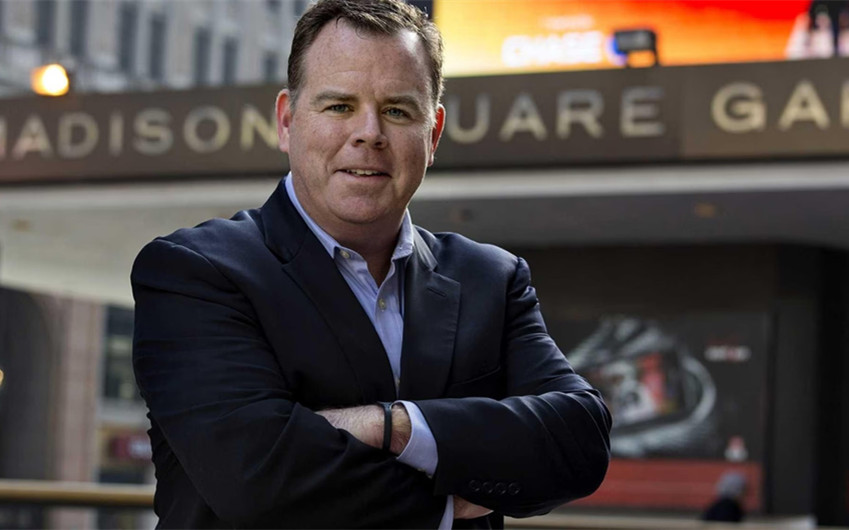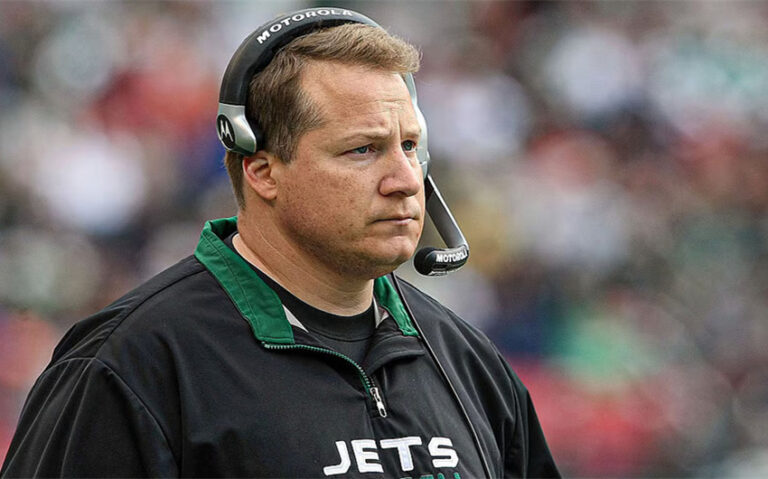What John Gilchrist Mikey’s Net Worth Reveals About Childhood Fame and Longevity
When you search for John Gilchrist Mikey’s net worth, you’re not just asking how much a former child actor made. You’re tapping into something deeper—an enduring curiosity about the kids who defined moments of popular culture, then quietly disappeared from the spotlight.
John Gilchrist, best known as Mikey from the Life cereal commercial, wasn’t just a familiar face on TV—he became a cultural landmark. Yet, despite the reach and fame of the “Mikey likes it!” campaign, Gilchrist never turned that moment into a traditional entertainment career or celebrity wealth. His story is less about millions earned and more about the lasting shadow of an iconic role—and what happens when fame doesn’t come with fortune.
Who Was Mikey? The Story Behind the Life Cereal Commercial
If you grew up in the 1970s—or even just watched vintage ad compilations online—you probably know the commercial. Three brothers sit at the breakfast table, staring suspiciously at a bowl of Life cereal. “I’m not gonna try it, you try it,” one says. “Let’s get Mikey!” And then: Mikey, a quiet, freckled kid who “hates everything,” takes a bite. Surprise—he likes it. Cue the catchphrase: “He likes it! Hey Mikey!”
The ad, produced in 1971 by Doyle Dane Bernbach for Quaker Oats, became one of the most beloved and enduring television commercials in advertising history. It won awards, aired for over a decade without being updated, and even spawned sequels decades later. At the heart of it all was John Gilchrist, a New York native who landed the role at just three years old. He had no lines, no backstory—just a spoonful of cereal and a natural charm that made the moment feel real.
The commercial’s success had little to do with flashy production and everything to do with relatability. Mikey felt like every skeptical kid viewers knew, and his approval became the ultimate stamp of credibility. As a result, Gilchrist became an unofficial ambassador for a product that outlasted nearly every other commercial of its time.
Breaking Down John Gilchrist Mikey’s Net Worth
So how much did Mikey make from all that fame? The answer might surprise you. Despite the commercial’s decades-long popularity, John Gilchrist’s estimated net worth is believed to be modest—likely under $1 million, and possibly significantly less. That might seem counterintuitive when you consider how widely the ad aired, but it reflects a simple truth about advertising in the 1970s: even iconic ads rarely made child actors rich.
Earnings from the Original Commercial
Gilchrist was paid a flat fee for the Life cereal spot, as was standard practice at the time. In the early ’70s, commercial actors—especially children—typically earned a few hundred dollars per shoot, with some additional payments if the ad was aired frequently in a short time span. But long-term residuals were rare, and there were no licensing deals or merchandising arrangements to increase earnings.
The ad ran for more than 12 years in its original form and even longer in various remakes and anniversary tributes, but Gilchrist didn’t continue receiving income from it. In interviews, he’s explained that his family treated the experience as a short-term acting gig, not a career path. There was no agent pushing for royalty clauses, no business team working to capitalize on his image. It was simply a job—a well-remembered one, yes, but not one that led to financial windfall.
Later Life and Career Outside of Acting
Unlike many child stars, Gilchrist didn’t pursue a life in entertainment after his brief brush with fame. Instead, he focused on school, college, and eventually a career in media and advertising—ironically, the very industry that had made him famous. As of recent reports, he works as a communications executive at a major media company in New York. He’s built a stable, professional career far from the tabloids or talk shows that follow many former child actors.
This pivot is one reason why John Gilchrist Mikey net worth remains relatively private and modest. He didn’t attempt to leverage his childhood fame into wealth, and he didn’t need to. His focus was on building a sustainable adult life, which he appears to have done successfully, even if quietly. He has occasionally given interviews or participated in Life cereal retrospectives, but he’s largely chosen a path of privacy.
His decision not to capitalize further on his childhood role may seem surprising, especially in an era when nostalgia has real commercial value. But it also reflects a kind of intentionality—Gilchrist seems more interested in being remembered fondly than in turning that memory into merchandise.
Cultural Capital vs. Financial Wealth
While Gilchrist may not be rich in the conventional sense, he possesses something that can’t be measured in bank statements: cultural capital. The phrase “Mikey likes it!” is still quoted, parodied, and recognized more than 50 years after it first aired. Few advertising characters have had that kind of staying power—especially those who only appeared in one ad.
That kind of recognition carries its own form of legacy. Gilchrist’s face became shorthand for trustworthy skepticism. The ad itself has been inducted into the Clio Hall of Fame, referenced in everything from The Simpsons to Family Guy, and used in marketing textbooks as an example of character-driven persuasion. While these accolades don’t directly impact his net worth, they ensure that his contribution to American pop culture is far from forgotten.
And in some ways, this legacy complicates our cultural understanding of success. We tend to equate fame with fortune—but Gilchrist’s story reminds us that the two don’t always go hand in hand. He’s proof that you can leave a lasting mark without becoming a millionaire, and that sometimes, the most iconic figures choose to walk away from the spotlight.
Featured Image Source: newsday.com







